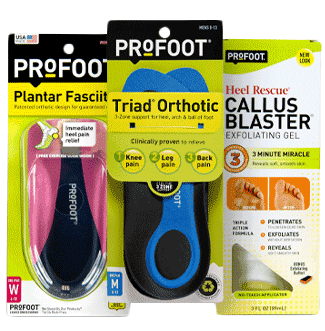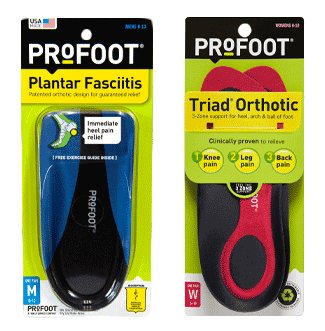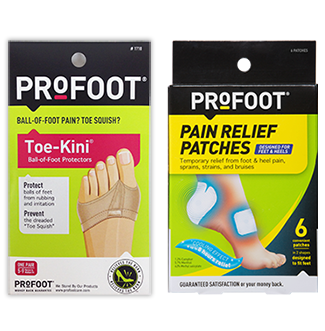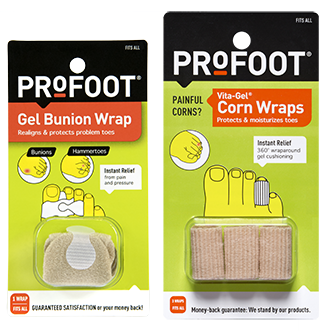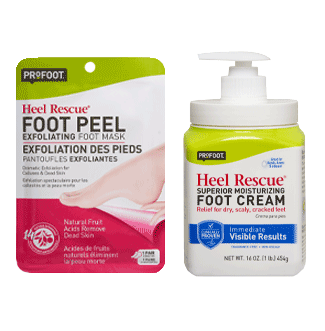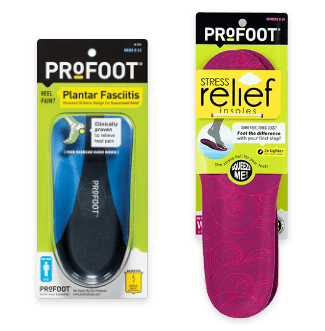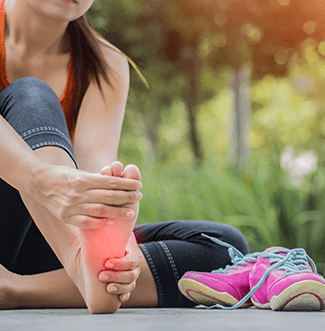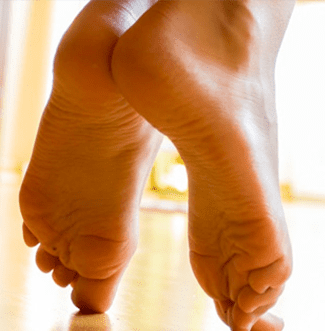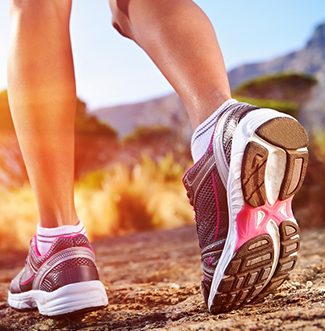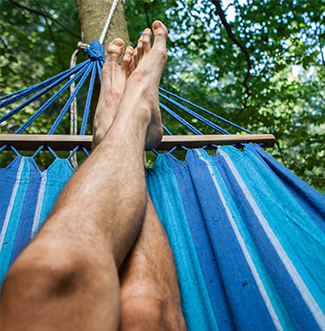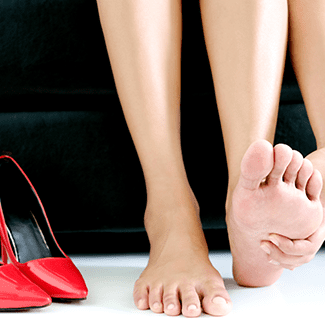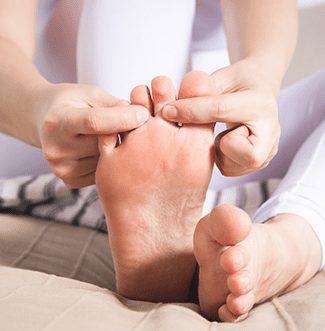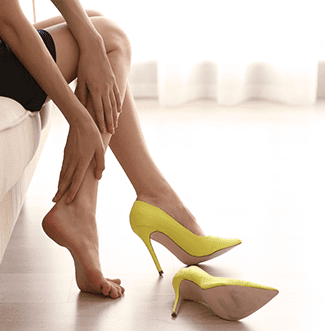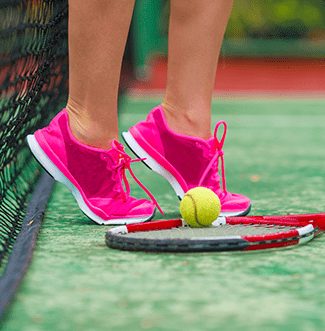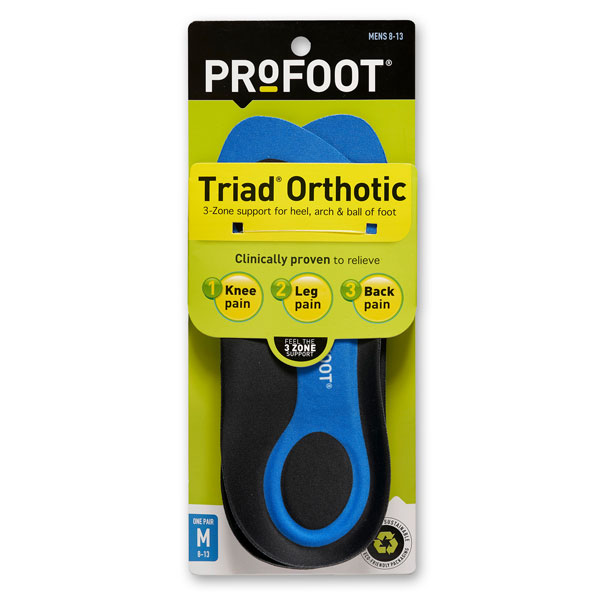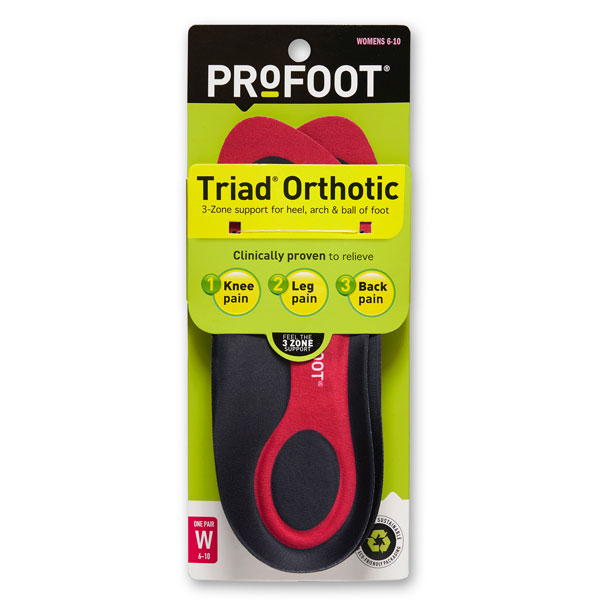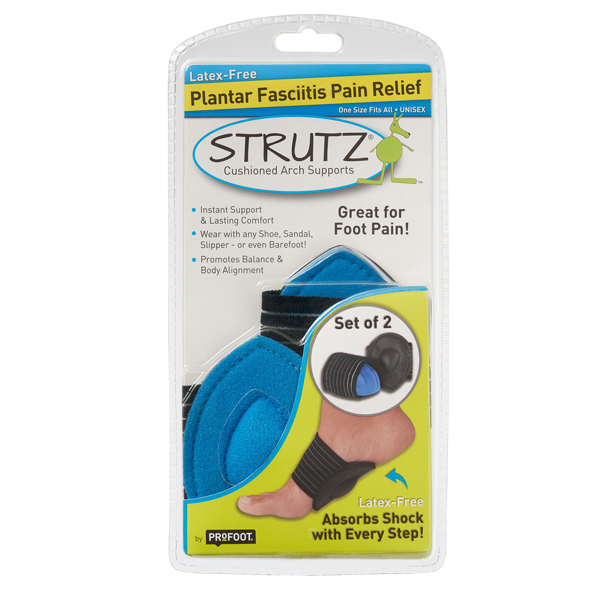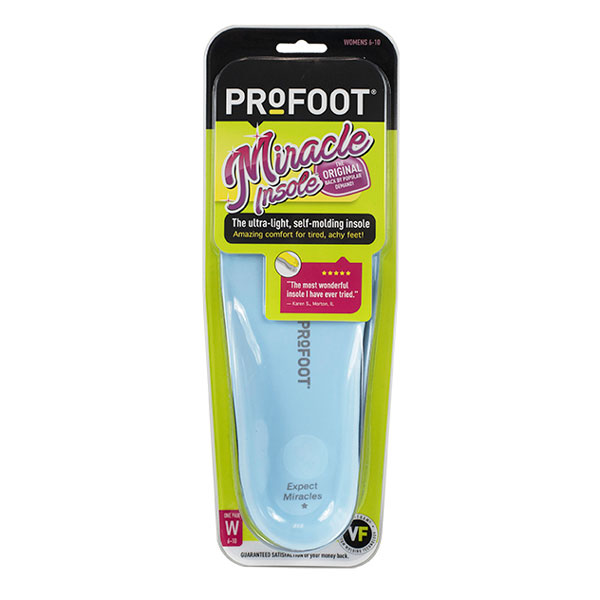High Arch
What is High Arch?
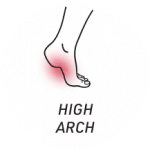
Arch of the foot
High arches are an inherited condition where your arch is much higher or raised than normal. High arches don’t necessarily cause pain, though your foot can feel more tired and achy when you have them. Highly arched feet can make it difficult to fit into regular shoes. Trying to wear shoes without enough room or support to accommodate a high arch can be painful because more stress is placed on the metatarsals. In this way, high arches can be instrumental in causing or worsening plantar fasciitis and metatarsalgia.
What Does it Mean to Have High Arches?
The arch of your foot is made up of the tarsal and metatarsal bones, as well as ligaments and tendons that run along the bottom of your foot from the heel to the toes. These bones enable you to stand, walk, or run by supporting and keeping your weight distributed evenly for balance. When these parts of your foot arch too high, too much weight is forced on to the ball and heel of the foot. This condition, called pes cavus or hollow foot, can lead to insufficient shock absorption and often to foot pain.
High Heels and High Arches
If you have high arches, the heel and ball of the foot come down on the ground more prominently than the rest of the foot. High arches can make it difficult to find the right shoes, especially for women who wear high heels. Surprisingly, women with high arches can actually feel better with heeled shoes over flats because a moderately heeled shoe makes it easier to match the shape of the foot and arch. Problems occur when the heel is higher than one or two inches, which adds pressure to the ball of the foot and the fascia, leading to metatarsalgia or plantar fascia.
It’s best to limit high heels to less than two inches high, and wearing square heels or wedges are even better. If you must wear higher heels, protect the ball of the foot with a metatarsal pad or a slim 3/4-inch arch support insole.
BEST SHOES FOR HIGH ARCHES
High-topped shoes support the ankle, and shoes with heels a little wider on the bottom add stability. Flimsy shoes like ballet flats rarely offer good arch support, shifting the center of your body mass backwards, which can make painful arches hurt more. Make sure any shoe you wear—flat, sneaker, or heel—has good arch support and side-to-side stability. You can buy insoles with arch support and bring them with you to try on shoes. This will ensure that you get a shoe that can accommodate the extra support.
If you have high arches and you run, your running shoes or laces may press too hard against the top of your foot, causing pain and inflammation in the arch. Try changing how you lace your running shoes, skipping the two middle holes, and looping the laces vertically on the sides of your shoes instead of crossing them through those two holes. This can make them more comfortable for sore arches.
Cavus Foot
Cavus foot is a condition where very high arches cause an excessive amount of weight to be placed on the ball and heel of the foot when walking or standing. Cavus foot can result in pain and difficulty with balance. Having high arches means that not as much of your foot actually touches the ground when walking or running, providing less shock absorption when the foot hits the ground. Therefore, people with Cavus foot can be more prone to overuse injuries when playing sports or exercising.
Symptoms of Cavus foot with very high arches include:
- Pain when standing, walking, or running due to the extra stress on the metatarsals
- Development of corns and calluses on the ball, side, or heel of the foot
- Arch inflexibility and stiffness
- Risk of ankle sprain due to a lack of balance and instability of the foot
- Very tight calf muscles at the lower leg
- A good arch insert can realign and position the foot properly and provide shock absorption for high arches.
What to Do When the Arch of Your Foot Hurts?
If the arch of your foot hurts, try staying off your feet for a few days, or at least rest them in an elevated position whenever possible. Ibuprofen can help with inflammation as can applying an ice pack to your sore arch for 10-20 minutes.
Massaging your arches can also relieve pain: Use a moisturizing oil or lotion and massage the pressure points in your arches, moving from the heel to the toes, alternating your thumbs in short strokes. Press your thumbs into the arch like a cat “kneading bread.”
Do You Need Arch Support?
Over-the-counter orthotics can help balance your foot and ankle, stabilizing your arch. Insoles and arch support help restore your foot to a neutral position, which helps diminish pain. A combination of firm arch support and cushioned shock-absorbing padding on the footpad can relieve pain in the arch of your foot.
- PROFOOT Plantar Fasciitis—This patented arch orthotic is designed to specifically support the arch and entire plantar fascia. With a deep heel cup that provides support and stability, and a gel heel insert that absorbs shock, this insert offers guaranteed pain relief. Available in men and women’s sizes.
- PROFOOT Triad Orthotic—These inserts provide 3-Zone support for heel, arch, and ball of foot. The three zones give shock absorption and relief to the balls of your feet, arches, and heels to protect your knees, legs, and back. Available in men and women’s sizes.
